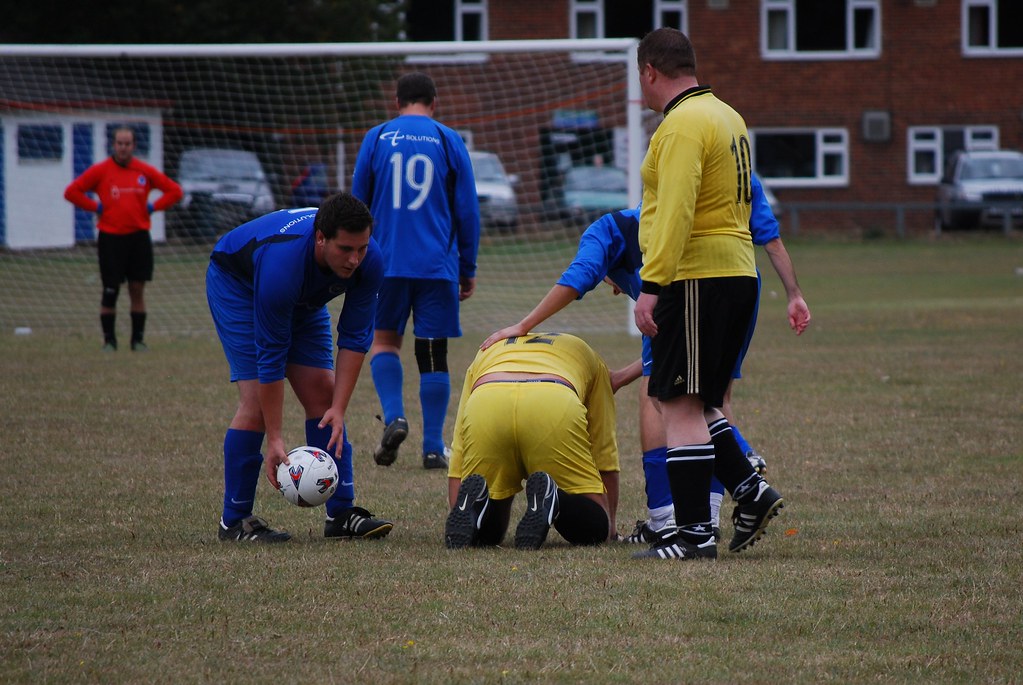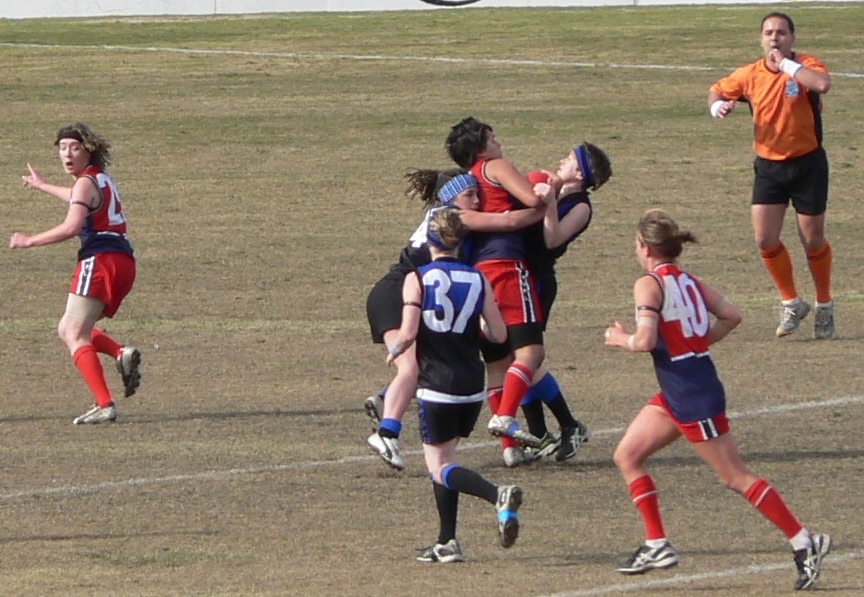Cost of Contact in Sports Is Estimated at Over 600,000 Injuries a Year

It seems obvious that there will be more, and more serious, injuries among high school and college athletes in football or soccer or lacrosse than, say, in running or in tennis. But how much more and at what economic cost?
The Yale researchers discovered that these numbers were difficult to obtain, but using the best available data, they calculated that if contact sports could be practiced without contact, such as flag football, for example, there would be 49,600 fewer injuries among men. university athletes per year and 601,900 less among male high school athletes.
The savings, which include estimates of medical costs and lost time, could reach $ 1.5 billion a year for colleges and $ 19.2 billion a year for high schools. And that only takes into account the immediate consequences of an injury, according to an article by the researchers, and not the long-term effects of concussions or repeated bursts of the brain in collisions. Or the repercussions of ligament tears, which can lead to a risk of more than 50 percent of arthritis a decade later, said Dr. Mininder Kocher, a professor of orthopedics at Harvard Medical School.
"The question is really that contact is the driving force behind all these serious injuries," said Ray Fair, a Yale professor of economics and lead author of the article. "Any sport that has no contact, the injuries are not big."
Fair and his colleagues focused on four types of serious injuries: concussions and nerve damage, bone injuries, tissue breakdown, and injuries to muscles and cartilage. They are the kind that can marginalize an athlete for months. And soccer players, who have the most injuries, can have one after the other, like the son of Terry O'Neil, founder of Practice Like Pros, a group that aims to make the sport safer for kids. athletes young players
O'Neil's son suffered six serious injuries in the high school quarterback: two concussions, three hand fractures and a broken ligament in his knee.
"He lost half of the games in his high school career," O'Neil said. "You sit there with your heart in your mouth like a father watching the games."
Other athletes suffer for the rest of their lives from injuries in college contact sports. Janet M. Currie, professor of economics and public affairs at the Woodrow Wilson School of Public and International Affairs in Princeton, says her 80-year-old father has injured his knee since playing football at the University.

"It's 60 years of pain," he said.
Many more people practice sports in high school than in college, for that reason, there are more injuries in the younger group. But high school athletes are also more prone to injuries, experts say, because they are not as competent, have less experienced coaches and may not be physically mature.
More high school students play soccer than any other sport, in part because teams often have 30 to 40 players or even more. According to Dr. Robert Cantu, founder of the Center for Chronic Traumatic Encephalopathy at Boston University and Medical Director of the National Catastrophic Sports Injury Research Center at the University of North Carolina at Chapel Hill, there are about one million footballers In secondary school. . That number drops to 100,000 at the university, he said.
"Although the injury rate is similar, because 10 more children play in high school, the total number of injuries is much higher and more expensive," Cantu said. "And children at the secondary level do not have good supervision, and some of these children should never play," he added.
But what is important in the Yale analysis is the focus on the economic cost of these serious injuries, experts say. Already, the cost of soccer weighs in some private high schools, Mr. Cantu said.
Insurance for soccer players has become so expensive, he said, that "several schools decided it was a sport they would not continue."
Kocher, who is also Associate Director of the Division of Sports Medicine at the Children's Hospital of Boston, hopes that the focus on the cost of collision sports can lead to significant funding for injury prevention.
"We talk a lot about prevention, but not a lot of money," he said.
There is not much money to report injuries, said Cantu, and what data can be difficult to collect for studies. States require reports of concussions, he said, but do not provide funds for this. The kind of data that Fair, the Yale professor, has collected is "the best there is, but it is not complete".
However, it's too typical for health data, Currie said.
"One of the reasons health research is so backward," he said, "is that it is very difficult to get the data for most health projects."
Fair stated that he and other Yale faculty members would never allow their children or grandchildren to practice contact sports. Then, he added, "do we want our students to play?"
But O'Neil said playing football was such a wonderful experience for his son that he had no regrets, despite his son's injuries.
And this view, said Roger Noll, a sports economist at Stanford, is what critics are facing. He said he admired Fair's newspaper and sent it to the sports director at Stanford. But Noll is not optimistic that even a careful review of injury rates and costs will have a big effect, especially in football, the most dangerous contact sport.
When he goes to Stanford football games, he said, one of the things he notices is that people in television production walk with parabolic microphones.
"I asked them why they did it," he said. "They attend their audience, the audience wants to hear divided heads."
"That's where the problem lies," said Noll. "The reason we are here is a kind of bread and circus for football."
"It's hard to fight," he concludes, "but maybe, maybe, if we continue to investigate ..."
Comments
Post a Comment